1. Chen X, Mao G, Leng SX. Frailty syndrome: an overview. Clin Interv Aging. 2014; 9:433–441. PMID:
24672230.
2. Cheng MH, Chang SF. Frailty as a risk factor for falls among community dwelling people: evidence from a meta-analysis. J Nurs Scholarsh. 2017; 49(5):529–536. PMID:
28755453.
3. Chang SF, Lin HC, Cheng CL. The relationship of frailty and hospitalization among older people: evidence from a meta-analysis. J Nurs Scholarsh. 2018; 50(4):383–391. PMID:
29874399.
4. Khandelwal D, Goel A, Kumar U, Gulati V, Narang R, Dey AB. Frailty is associated with longer hospital stay and increased mortality in hospitalized older patients. J Nutr Health Aging. 2012; 16(8):732–735. PMID:
23076517.
5. Fried LP, Tangen CM, Walston J, Newman AB, Hirsch C, Gottdiener J, et al. Frailty in older adults: evidence for a phenotype. J Gerontol A Biol Sci Med Sci. 2001; 56(3):M146–M156. PMID:
11253156.
6. Robertson DA, Savva GM, Coen RF, Kenny RA. Cognitive function in the prefrailty and frailty syndrome. J Am Geriatr Soc. 2014; 62(11):2118–2124. PMID:
25370593.
7. Davies K, Maharani A, Chandola T, Todd C, Pendleton N. The longitudinal relationship between loneliness, social isolation, and frailty in older adults in England: a prospective analysis. Lancet Healthy Longev. 2021; 2(2):e70–e77. PMID:
36098160.
8. Al Snih S, Graham JE, Ray LA, Samper-Ternent R, Markides KS, Ottenbacher KJ. Frailty and incidence of activities of daily living disability among older Mexican Americans. J Rehabil Med. 2009; 41(11):892–897. PMID:
19841840.
9. Bandeen-Roche K, Seplaki CL, Huang J, Buta B, Kalyani RR, Varadhan R, et al. Frailty in older adults: a nationally representative profile in the United States. J Gerontol A Biol Sci Med Sci. 2015; 70(11):1427–1434. PMID:
26297656.
10. Rockwood K, Mitnitski A. Frailty in relation to the accumulation of deficits. J Gerontol A Biol Sci Med Sci. 2007; 62(7):722–727. PMID:
17634318.
11. Schoufour JD, Mitnitski A, Rockwood K, Evenhuis HM, Echteld MA. Development of a frailty index for older people with intellectual disabilities: results from the HA-ID study. Res Dev Disabil. 2013; 34(5):1541–1555. PMID:
23475005.
12. Marcucci M, Damanti S, Germini F, Apostolo J, Bobrowicz-Campos E, Gwyther H, et al. Interventions to prevent, delay or reverse frailty in older people: a journey towards clinical guidelines. BMC Med. 2019; 17(1):193. PMID:
31660959.
13. Wleklik M, Uchmanowicz I, Jankowska EA, Vitale C, Lisiak M, Drozd M, et al. Multidimensional approach to frailty. Front Psychol. 2020; 11:564. PMID:
32273868.
14. Lee SW, Lee A, Yu MY, Kim SW, Kim KI, Na KY, et al. Is frailty a modifiable risk factor of future adverse outcomes in elderly patients with incident end-stage renal disease? J Korean Med Sci. 2017; 32(11):1800–1806. PMID:
28960032.
15. Baek JY, Lee E, Jung HW, Jang IY. Geriatrics fact sheet in Korea 2021. Ann Geriatr Med Res. 2021; 25(2):65–71. PMID:
34187140.
16. Kang E, Lee Y, Lim J, Joo B, Bae H. Long-Term Care Status Survey. Health Policy Report. Sejong: Ministry of Health & Welfare (KR);2019.
17. Kojima G, Liljas AE, Iliffe S. Frailty syndrome: implications and challenges for health care policy. Risk Manag Healthc Policy. 2019; 12:23–30. PMID:
30858741.
18. Hoogendijk EO, Dent E. Trajectories, transitions, and trends in frailty among older adults: a review. Ann Geriatr Med Res. 2022; 26(4):289–295. PMID:
36503183.
19. Kweon S, Kim Y, Jang MJ, Kim Y, Kim K, Choi S, et al. Data resource profile: the Korea National Health and Nutrition Examination Survey (KNHANES). Int J Epidemiol. 2014; 43(1):69–77. PMID:
24585853.
20. Kim Y. The Korea National Health and Nutrition Examination Survey (KNHANES): current status and challenges. Epidemiol Health. 2014; 36:e2014002. PMID:
24839580.
21. Hoogendijk EO, Stolz E, Oude Voshaar RC, Deeg DJ, Huisman M, Jeuring HW. Trends in frailty and its association with mortality: results from the Longitudinal Aging Study Amsterdam, 1995-2016. Am J Epidemiol. 2021; 190(7):1316–1323. PMID:
33534876.
22. Choi S, Kim YM, Shin J, Lim YH, Choi SY, Choi BY, et al. Comparison of the accuracy and errors of blood pressure measured by 2 types of non-mercury sphygmomanometers in an epidemiological survey. Medicine (Baltimore). 2018; 97(25):e10851. PMID:
29923975.
23. Kang MG, Kim SW, Yoon SJ, Choi JY, Kim KI, Kim CH. Association between frailty and hypertension prevalence, treatment, and control in the elderly Korean population. Sci Rep. 2017; 7(1):7542. PMID:
28790349.
24. Searle SD, Mitnitski A, Gahbauer EA, Gill TM, Rockwood K. A standard procedure for creating a frailty index. BMC Geriatr. 2008; 8(1):24. PMID:
18826625.
25. Kang MG, Jung HW. Association between oral health and frailty in older Korean population: a cross-sectional study. Clin Interv Aging. 2022; 17:1863–1872. PMID:
36575660.
26. Blodgett J, Theou O, Kirkland S, Andreou P, Rockwood K. Frailty in NHANES: Comparing the frailty index and phenotype. Arch Gerontol Geriatr. 2015; 60(3):464–470. PMID:
25697060.
27. Won CW, Lee Y, Lee S, Kim M. Development of Korean Frailty Index for Primary Care (KFI-PC) and its criterion validity. Ann Geriatr Med Res. 2020; 24(2):125–138. PMID:
32743333.
28. Kim DH, Glynn RJ, Avorn J, Lipsitz LA, Rockwood K, Pawar A, et al. Validation of a claims-based frailty index against physical performance and adverse health outcomes in the health and retirement study. J Gerontol A Biol Sci Med Sci. 2019; 74(8):1271–1276. PMID:
30165612.
29. Hubbard RE, Goodwin VA, Llewellyn DJ, Warmoth K, Lang IA. Frailty, financial resources and subjective well-being in later life. Arch Gerontol Geriatr. 2014; 58(3):364–369. PMID:
24512820.
30. Mousa A, Savva GM, Mitnitski A, Rockwood K, Jagger C, Brayne C, et al. Is frailty a stable predictor of mortality across time? Evidence from the Cognitive Function and Ageing Studies. Age Ageing. 2018; 47(5):721–727. PMID:
29905755.
31. Wennberg AM, Ebeling M, Ek S, Meyer A, Ding M, Talbäck M, et al. Trends in frailty between 1990 to 2020 in Sweden among 75-, 85- and 95-year-old women and men: a nationwide study from Sweden. J Gerontol A Biol Sci Med Sci. 2023; 78(2):342–348. PMID:
36190806.
32. Blodgett JM, Rockwood K, Theou O. Changes in the severity and lethality of age-related health deficit accumulation in the USA between 1999 and 2018: a population-based cohort study. Lancet Healthy Longev. 2021; 2(2):e96–104. PMID:
36098163.
33. Makizako H, Nishita Y, Jeong S, Otsuka R, Shimada H, Iijima K, et al. Trends in the prevalence of frailty in Japan: a meta-analysis from the ILSA-J. J Frailty Aging. 2021; 10(3):211–218. PMID:
34105703.
34. Suzuki T, Nishita Y, Jeong S, Shimada H, Otsuka R, Kondo K, et al. Are Japanese older adults rejuvenating? Changes in health-related measures among older community dwellers in the last decade. Rejuvenation Res. 2021; 24(1):37–48. PMID:
32498608.
35. Kim KW, Kim OS. Super aging in South Korea unstoppable but mitigatable: a sub-national scale population projection for best policy planning. Spat Demogr. 2020; 8(2):155–173. PMID:
34222615.
36. Kontis V, Bennett JE, Mathers CD, Li G, Foreman K, Ezzati M. Future life expectancy in 35 industrialised countries: projections with a Bayesian model ensemble. Lancet. 2017; 389(10076):1323–1335. PMID:
28236464.
37. Organisation for Economic Co-operation and Development (OECD). Health at a Glance 2019: OECD Indicators. Paris: OECD Publishing;2015.
38. World Health Organization (WHO) Regional Office for the Western Pacific. Republic of Korea Health System Review. Manila: WHO Regional Office for the Western Pacific;2015.
39. Lee J, Hoang T, Lee S, Kim J. Association between dietary patterns and dyslipidemia in Korean women. Front Nutr. 2022; 8:756257. PMID:
35096924.
40. Cho NH. Diabetes burden and prevention in Korea and the Western Pacific Region. Diabetes Res Clin Pract. 2014; 106(Suppl 2):S282–S287. PMID:
25550054.
41. Kim HC, Lee H, Lee HH, Seo E, Kim E, Han J, et al. Korea hypertension fact sheet 2021: analysis of nationwide population-based data with special focus on hypertension in women. Clin Hypertens. 2022; 28(1):1. PMID:
34980274.
42. Cho SM, Lee H, Lee HH, Baek J, Heo JE, Joo HJ, et al. Dyslipidemia fact sheets in Korea 2020: an analysis of nationwide population-based data. J Lipid Atheroscler. 2021; 10(2):202–209. PMID:
34095012.
43. Shin JY. Trends in the prevalence and management of diabetes in Korea: 2007-2017. Epidemiol Health. 2019; 41:e2019029. PMID:
31319658.



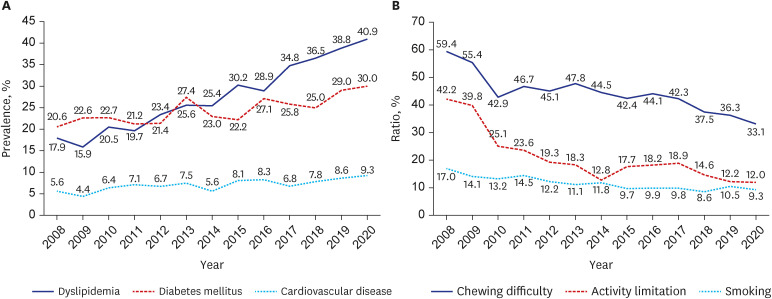





 PDF
PDF Citation
Citation Print
Print



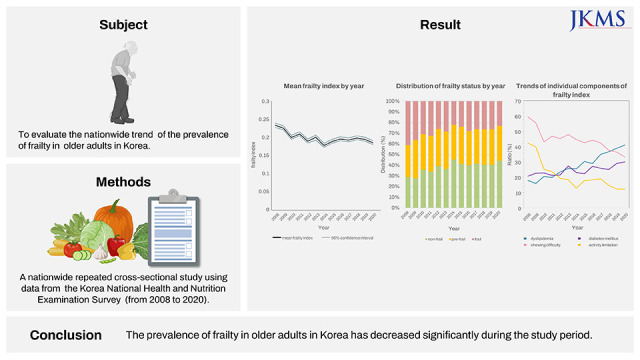
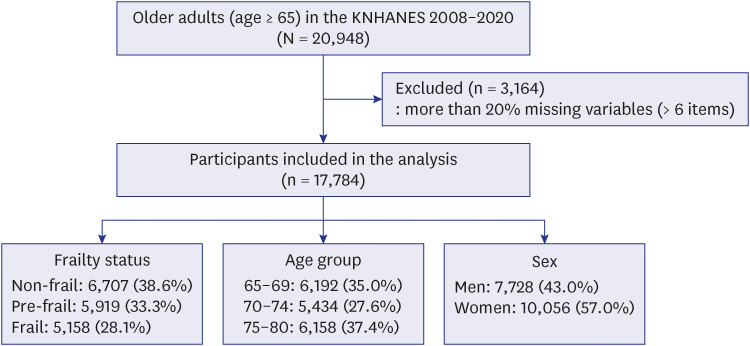
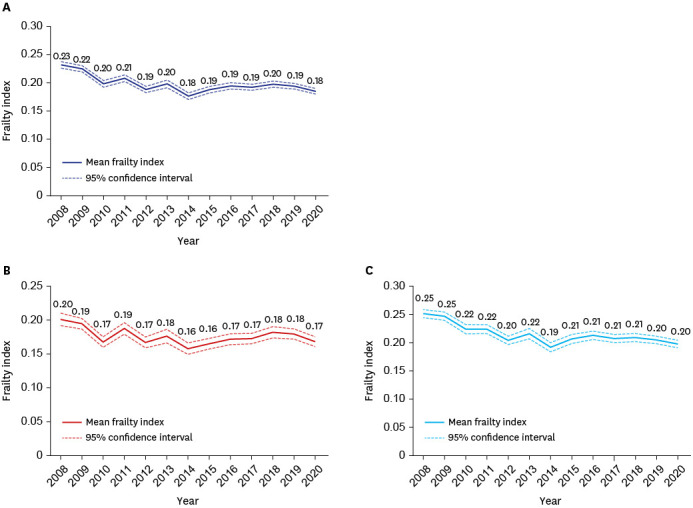
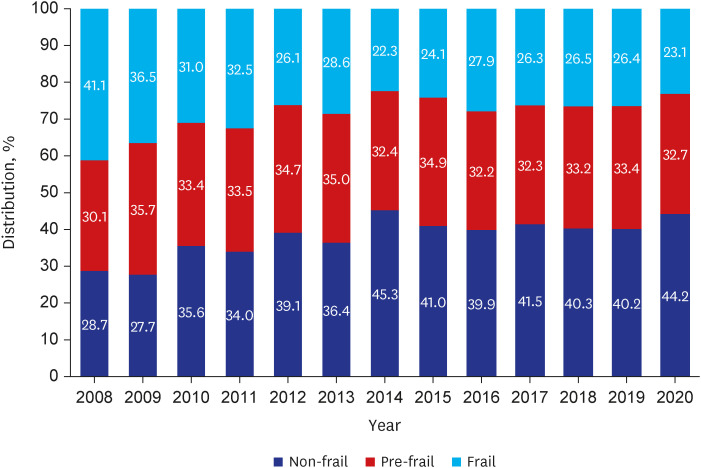
 XML Download
XML Download